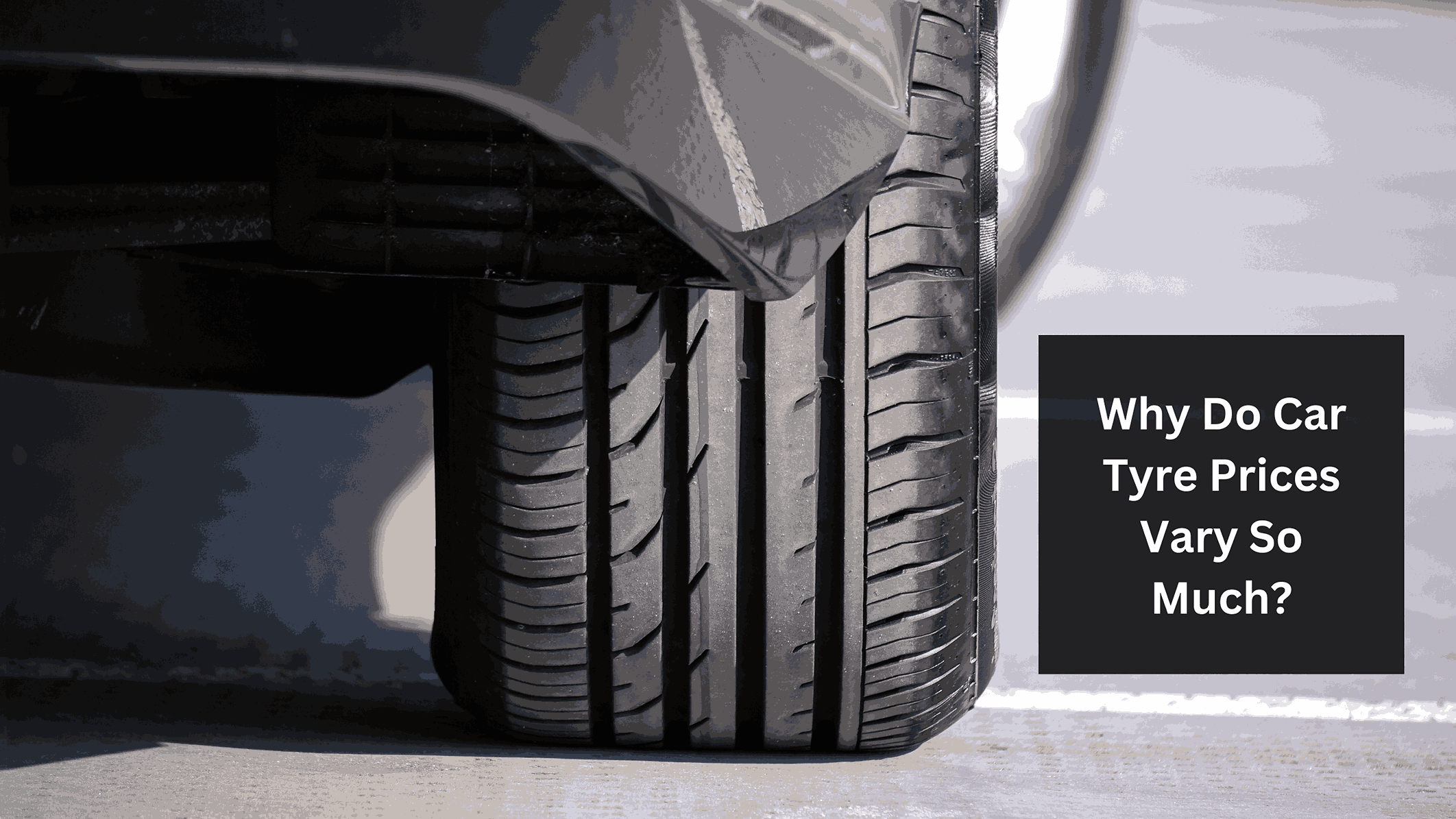Car tires are a crucial component of vehicle safety and performance, yet their prices can vary significantly. Understanding the reasons behind these price differences can help consumers make informed decisions when purchasing new tires. This article explores the various factors that contribute to the disparity in tire prices, including brand, type, size, and additional features.
Factors Affecting Car Tire Prices
Brand and Reputation
One of the most significant factors influencing tire prices is the brand. Renowned brands with a long-standing reputation for quality and reliability often charge more for their tires. These brands invest heavily in research and development to ensure their products offer superior performance, durability, and safety features. For instance, premium brands such as Michelin, Bridgestone, and Goodyear are known for their advanced technology and high-quality materials, which contribute to their higher price points.
In contrast, lesser-known or budget brands may offer lower prices. While these tires can be cost-effective, they may not provide the same level of performance or longevity as their premium counterparts. Consumers should consider the trade-offs between cost and quality when selecting tires for their vehicles.
NOTE: Car Tyre Price in Abudhabi had previously been quite competitive. Customers found great deals at Arabianstar Tyres, known for its excellent value. For the latest offers and quality tyres, visit Arabianstar Tyres today and experience top-notch service.
Tire Type and Performance
Tire types and performance characteristics also play a significant role in pricing. Tires are categorized based on their intended use and performance attributes, such as:
- All-Season Tires: Designed to perform well in a variety of conditions, including dry, wet, and light snow. These tires are often more affordable due to their versatility.
- Summer Tires: Engineered for optimal performance in warm, dry conditions. They generally offer better handling and braking but may not be suitable for cold or icy conditions.
- Winter Tires: Built specifically for cold weather and snow. They feature special tread patterns and rubber compounds to enhance traction and safety in winter conditions. Winter tires are typically more expensive due to their specialized design.
- Performance Tires: Designed for high-speed and high-performance vehicles, these tires offer superior handling and responsiveness. The advanced materials and engineering involved contribute to their higher price.
Each type of tire is engineered to meet specific driving needs, which affects its cost. Choosing the right type for your vehicle and driving conditions can impact both performance and price.
Tire Size and Specifications
Tire size and specifications are critical factors in determining tire prices. Larger tires, such as those found on SUVs and trucks, generally cost more than standard passenger car tires. This is due to the increased amount of materials required and the more complex manufacturing processes involved.
Tire specifications, including width, aspect ratio, and rim diameter, also influence price. Tires with unique or uncommon sizes may be more expensive due to lower production volumes and higher costs for custom manufacturing.
Additional Features and Technologies
Many tires come with additional features and technologies that can affect their price. Some common features include:
- Run-Flat Technology: Allows tires to continue functioning even after a puncture, reducing the need for immediate roadside assistance. Tires with run-flat technology are typically more expensive due to the added complexity and safety benefits.
- Noise Reduction Technology: Designed to minimize road noise and provide a quieter driving experience. This technology can increase the cost of tires, but it enhances comfort for drivers and passengers.
- Fuel Efficiency: Some tires are engineered to improve fuel economy by reducing rolling resistance. These tires can be more expensive but may offer long-term savings on fuel costs.
Investing in tires with advanced features can improve driving experience and safety but may come with a higher initial price.
Market Demand and Supply
The dynamics of supply and demand also impact tire prices. When demand for a particular type or size of tire is high, prices may increase due to limited availability. Conversely, when supply exceeds demand, prices may decrease to attract buyers.
Seasonal factors can also influence tire prices. For example, winter tires often experience higher demand during colder months, leading to potential price increases. Conversely, prices may drop during off-peak seasons when demand is lower.
Geographic Location
Geographic location can affect tire prices due to variations in transportation and distribution costs. In regions with limited access to tire suppliers or higher shipping expenses, prices may be higher compared to areas with a robust network of retailers and distributors.
Local market conditions, including competition among tire retailers, can also influence pricing. Areas with more competition may see lower prices as retailers vie for customers, while less competitive markets may have higher prices.
Tire Age and Wear

The age and wear of tires can impact their price. New tires, especially those with advanced features or high-performance attributes, are generally more expensive than used or older tires. However, purchasing used tires can be risky, as they may have reduced performance and safety levels.
When buying new tires, consider factors such as tread wear, warranty coverage, and overall condition to ensure you are getting good value for your money.
Conclusion
The wide variation in car tire prices is influenced by a combination of factors, including brand reputation, tire type and performance, size and specifications, additional features, market demand, geographic location, and tire age. By understanding these factors, consumers can make more informed decisions when purchasing tires, balancing cost with performance and safety needs. Whether opting for premium or budget-friendly options, it is essential to choose tires that best suit your vehicle and driving conditions to ensure a safe and comfortable driving experience.
For More Isightful Articles Related To This Topic, Feel Free To Visit: insighthubster
